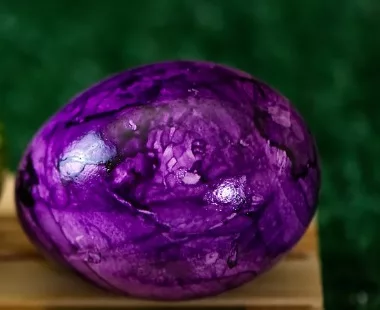Easter is coming – that means it’s time to think about dyeing eggs. Traditionally, the best colors are red, burgundy and orange. Church does not forbid painting one of the main symbols of Easter in other colors, but it is better to avoid using dark shades.
What colors are eggs not dyed for Easter? The main color of eggs for Easter is red and all its shades. And although there is no strict ban on using other colors or dyeing eggs, but it is better to pay tribute to the ancient tradition.
The color red is a symbol of joy and glory.
In addition, Easter in ancient times was associated with the color white, it symbolizes the light that shines from the Holy Sepulchre. White is the color of imperishable light that permeates and permeates everything. For this reason, it is better to avoid dark shades.
This includes black, dark brown, dark blue. Many priests are of the opinion that these colors do not correspond to Easter joy. Dark shades are more suitable for Lent or Holy Week.
Dyeing the eggs with natural ingredients
The classic option for dyed eggs is to use onion skins. The color shades depend on the type of onion and the concentration of the solution. The scales should be washed and placed in a container with clean water. After boiling, cook on low heat for another 20 minutes. After that, the broth should be completely cooled, strain through a sieve, add salt so that the shell does not crack when the egg is placed in the solution.
You can choose white or brown eggs – the color saturation depends on the color of the shell. Place clean, room temperature eggs in a bowl with the shell broth and boil for 8 – 10 minutes. To ensure even coloring, place only a few eggs in the dish. An important advantage of the method is that coloring and boiling are done together.
Not only onion skins are popular – natural dyes that can be obtained from products such as beetroot, nettle and turmeric are useful for dyeing eggs in different colors. It is important that for all these methods you need ready-boiled eggs, which are placed in a bowl with the chosen dye. The saturation of the color depends on the length of stay of the eggs in the solution.
For example, beets are a budget option for pink eggs. The root crop is washed, grated and boiled in a small amount of water with the addition of vinegar. The broth is filtered and then used to further dye the eggs.

